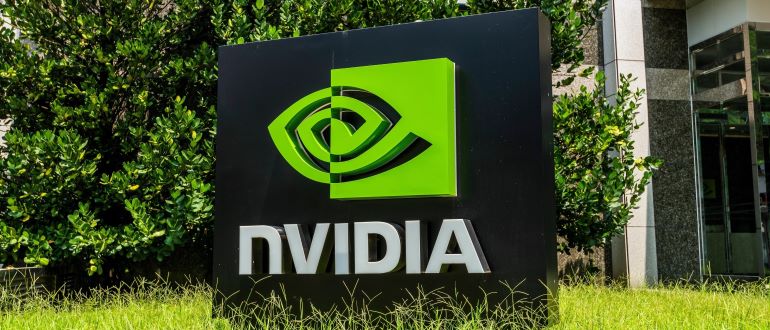
NVIDIA Corp. CEO Jensen Huang, Silicon Valley’s current golden boy resplendent in a shiny black jacket, kicked off the CES 2025 conference in Las Vegas late Monday night with a keynote speech that took the audience on a rollicking tour of where AI is headed.
“It’s been an extraordinary journey, an extraordinary year,” said Jensen, who took an overflow crowd within NVIDIA’s digital twin during his presentation. “The industry is chasing and racing to scale AI. We will produce as much data in the next few years as all history before it. And data will be multimodal.”
Advances in logical reasoning systems from OpenAI’s o1 and o3, Gemini Pro, and others are accelerating computational learning “from pre-training to post-training to test-time scaling,” he added.
To make the inevitable leap from generative AI and agentic AI (“a digital workforce”) to physical AI, the chip powerhouse said it is broadening the scope of its platforms for building AI apps embedded in robots, autonomous vehicles and other physical forms. A slew of AI news at CES was spotlighted by the launch of Project DIGITS, a program to build a desktop system based on a system-on-chip called GB 10 Superchip that includes Blackwell graphical processor units and ARM processors later this year.
The next wave of AI, physical AI or robotics, will require foundational models that intuitively understand geospatially accurate scenarios, cause and effect, and object permanence, according to Huang. He outlined a blueprint with KION Group and Accenture to reinvent industrial simulation. “In the future, every factory will have a digital twin,” Huang said.
Flanked by illustrations of humanoids, he said the “ChatGPT moment for robotics is right around the corner.” “The critical capability is how to train” them, unlike driving cars, he said.
Additionally, Huang said NVIDIA and Toyota Motor Corp. are teaming up on its next-generation autonomous vehicles.
For now, agentic AI will be the major theme throughout the tech world in 2025. “The IT department will, in the future, onboard and maintain digital agents and become an AI agent HR,” said Huang, who discussed a similar theme of agentic AI with Salesforce Inc. CEO Marc Benioff at the Dreamforce conference in San Francisco in October.
Huang’s speech served as a template for what is expected to be an AI-heavy CES, laying the foundation in 2025 for AI agents teeming throughout nearly every organization in what is a potentially multitrillion-dollar industry. In the last several months, everyone from NVIDIA and Salesforce to Microsoft Corp., Alphabet Inc.’s Google, ServiceNow Inc., Adobe Inc., and Cisco Systems Inc., have introduced AI agents for specific tasks across all industry functions.
In many regards, Huang’s star turn evoked comparisons (and memories) of the late Steve Jobs: A master class in product presentation and demos that showed how revelatory innovation will change the everyday lives for the masses.
“With Blackwell demand ‘insane’ and our recent Asia supply chain checks continuing to show unprecedented demand, we view CES this year as kicking off a new AI age as the masses now start to head down this AI Revolution along with the rest of Big Tech,” Wedbush Securities analyst Dan Ives said in a note to investors on Monday.
“Over the last few years we have discussed the AI Revolution non-stop as in our opinion it represents the biggest tech transformation in over 40 years,” Ives said. “The start of this $2 trillion of AI spending all began with the Godfather of AI, Jensen, and Nvidia as they are the only game in town with their chips the new gold and oil.”
Shares of NVIDIA closed up more than 3%, at a record high of $149.43, Monday ahead of Huang’s keynote address.


